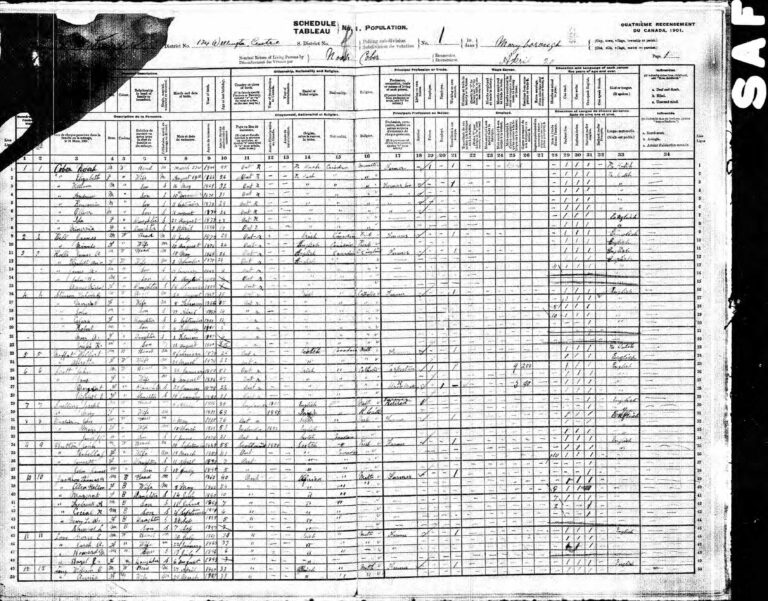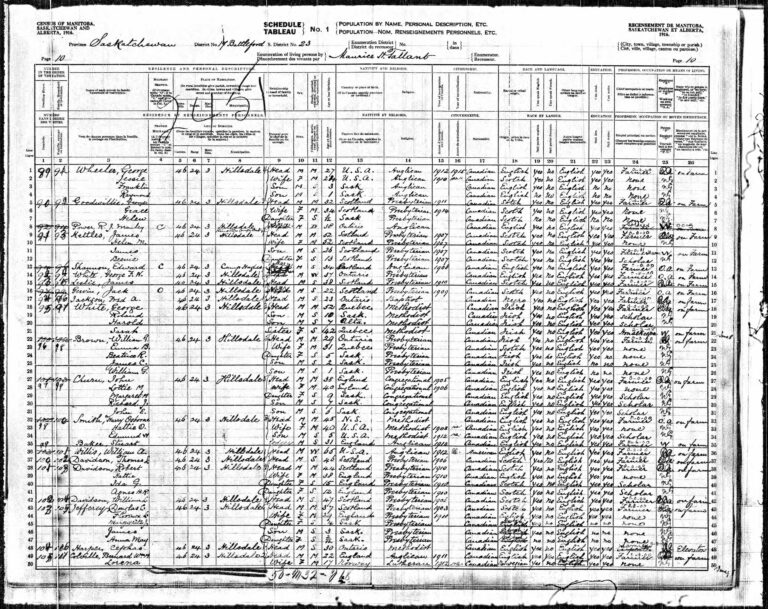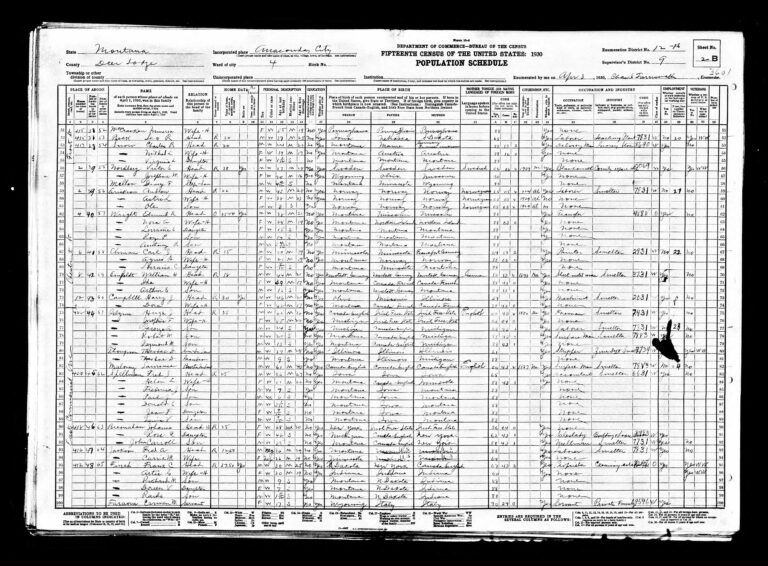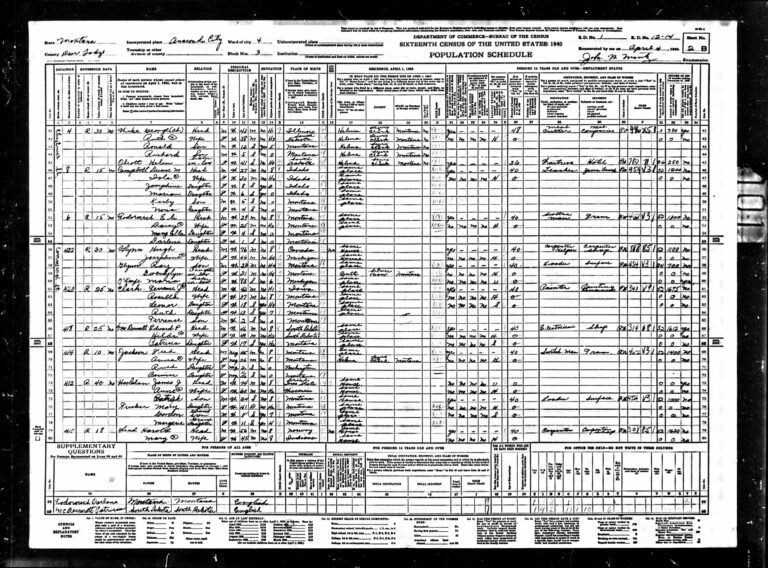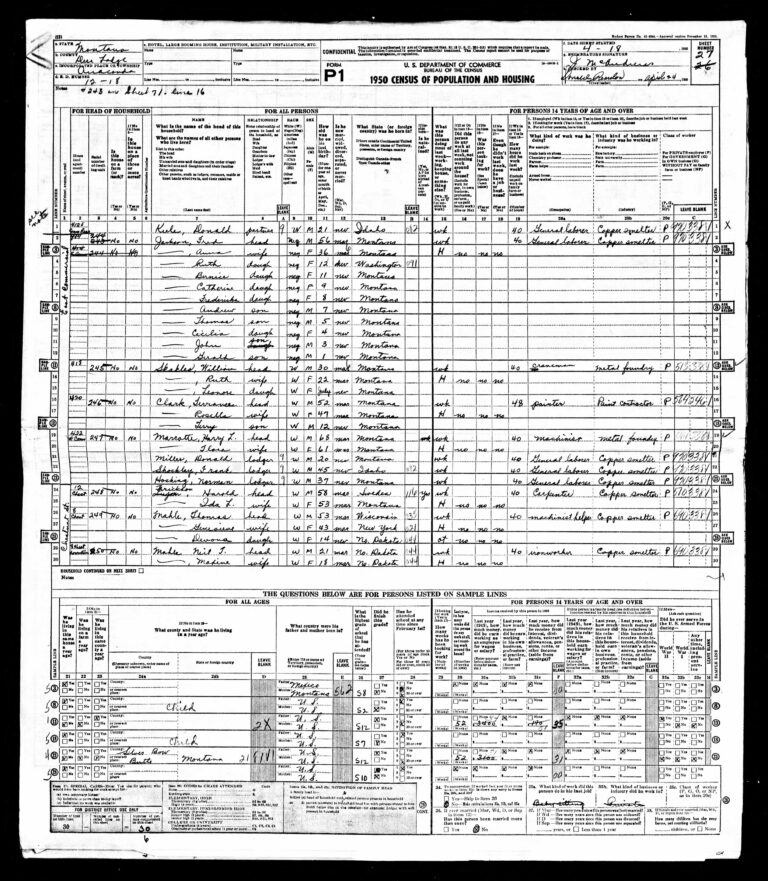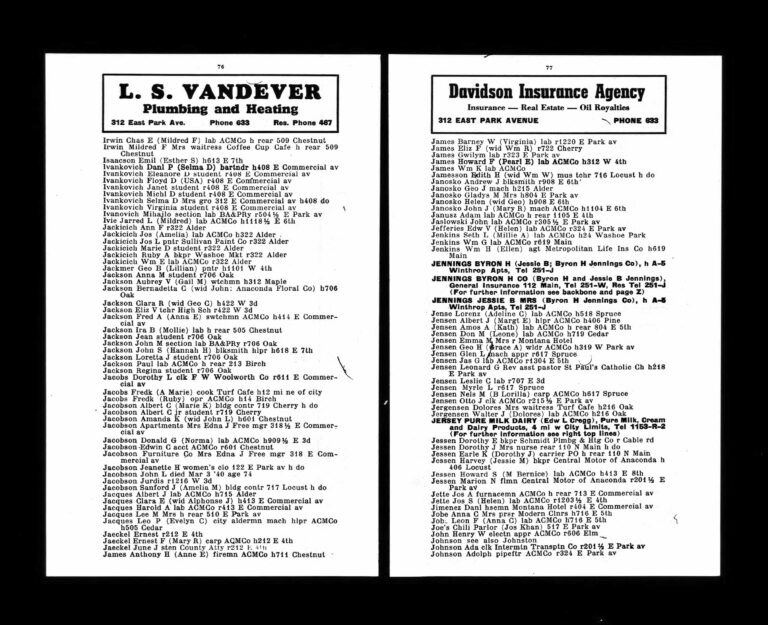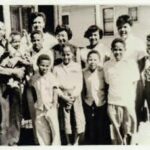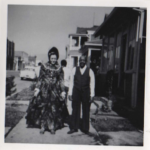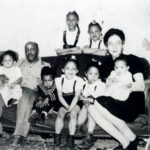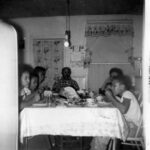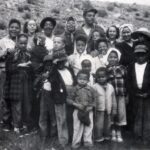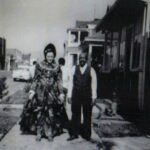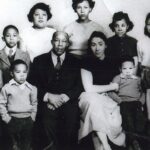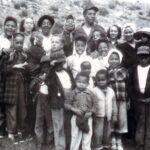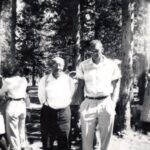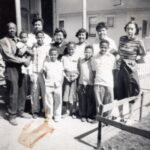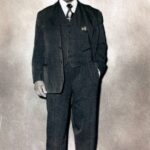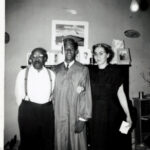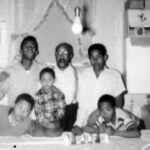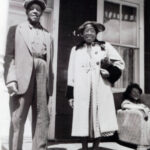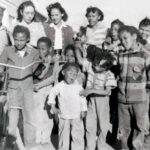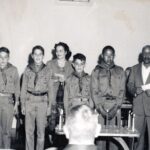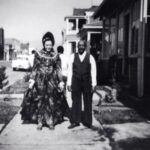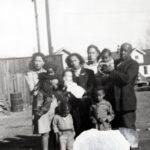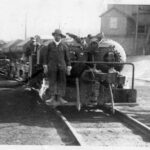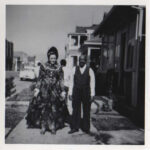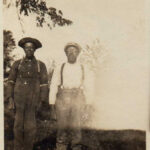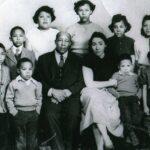Fred Andrew Jackson
Date of Birth
June 11, 1893
Place of Birth
Peel Township, Ontario, Canada
Towns / Cities Moved Into
Battleford, Saskatchewan, Canada
Cascade County, Montana
Anaconda, Montana
Known Occupation
Smelter for the Anaconda Mining Company
Religion
-
Spouse
Death Information
Year of death
July 5, 1961
Place of death
Cascade County, Montana
Cause of death
Carcinoma of bladder
Obituary


Parents

Thomas Henry Jackson

Cecelia Ellen Lawson
Marital Status


Married Anne Elizabeth Mundy
November 7, 1939
Anaconda Mondtatana
Siblings



Children



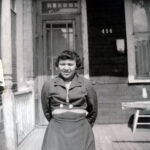



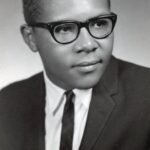
Narrative / Story
Frederick Andrew Jackson, born on June 11, 1893, in Peel Township, Ontario, Canada, embarked on a remarkable journey that encompassed migration, love, and hard work. As a Black man living in the 1890s, he faced unique challenges and obstacles in Queen’s Bush, a specific area known for its dense forests and rugged terrain. The region’s history was intertwined with the logging industry, attracting settlers seeking opportunities in lumber and trade.
In the mid-19th century, the Canadian government actively promoted immigration and settlement in the region as part of its efforts to expand and develop the country. However, while the government offered land to settlers, Black immigrants faced racial barriers and discrimination. The government’s policies and societal norms at the time contributed to the exclusion and marginalization of Black settlers. Despite being promised land, Black settlers often encountered obstacles in acquiring suitable homesteads due to racial prejudice. Discriminatory practices limited their access to resources, educational opportunities, and certain professions.
Soon upon settling, Fred found employment as a smelter for the Anaconda mining company. An excerpt from a worker at the company relayed what life was like working for them during the Great Depression of the 30’s. Black smelters always got the dirtiest jobs. Blacks and whites worked together in the mines, but the foreman (who was Austrian) was hard on the Black workers. He also mentioned that the company laid off Blacks to create more jobs for the white workers. The racial disparities in that era have led Fred to experience lower wages than his white co-workers and had little to no career progression.
Frederick’s life journey was not immune to the impact of global events. During World War I, which lasted from 1914 to 1918, the world was engulfed in conflict, and its impact would have been felt in his area at the time. The war brought economic changes, labor shortages, and heightened patriotism, influencing the local community’s dynamics. He was drafted for the World War I at the age of 22, demonstrating his commitment to serving his country despite the racial inequalities prevalent in the armed forces.
In 1922, he was wed to his first wife, Carrie Stitt in Silver Bow, Montana. The union made headlines due to his shared name with the judge. The later years of their marriage was around the ending years of the Great Depression. This might have caused a huge strain on families at this time as financial hardships, high unemployment rates and uncertainty about the future are faced. This was also during the time that Anna Mundy decided to divorce her first husband, David Lewis.
In 1939, Fred found love again when he married Anna Elizabeth Mundy on November 7, 1939 in Anaconda, Montana. The start of their marriage was marked with the start of World War II, with the recent hardships from the first war still fresh in their memories. Fred and Anna decided to live a few houses down on the same street where he used to live with first wife, Carrie, at 414 E. Commercial, Anaconda. This house, bought in 1940 for $3,000, would be equivalent to about $60,000 in today’s dollars, reflecting the economic changes over time. Anna brought her two children from her first marriage, Ruth and Bernce. Fred accepted them into their family and treated them as his own.
During World War II, Anaconda was known for its copper mining industry, and, copper became a critical resource for the war effort. Copper was essential for the production of ammunition, weapons, and various military equipment. As a result, Anaconda’s copper smelting facilities, where Fred Jackson worked, played a vital role in the war.
Having only 5 years as a break, the Korean War also broke out in 1950. Although the Korean War was primarily fought on the Korean Peninsula and involved international forces, its effects were felt across the United States, including in towns like Anaconda. Anaconda’s young men and women likely enlisted or were drafted to serve in the armed forces during the Korean War. Families in the community experienced the anxiety and uncertainty of having loved ones deployed overseas, as was the case during previous conflicts.
Fred’s passing in 1961 left a void in the community of Anaconda, Montana. During this time, the Vietnam War was unfolding, and its impact was felt even in small towns like Anaconda. As the nation grappled with the complexities of the war, families in Anaconda faced the anxiety and uncertainty of having loved ones serving overseas. Fred’s own family felt the weight of this conflict as he had two children bravely serving in the war: John and Gerry.
Fred’s cause of death was listed as carcinoma of the bladder. It’s a type of cancer that begins in the cells lining the organs, and in this case, it affected his bladder. The potential causes of bladder carcinoma are multifactorial and may include exposure to certain chemicals, smoking, chronic bladder infections, and genetic factors.
In the midst of the Vietnam War, life in Anaconda carried on with a mix of hope, sorrow, and resilience. The community rallied together, offering support to families with loved ones serving in the war. Anaconda continued to contribute to the nation’s efforts, drawing from its history of dedication to causes larger than itself. Fred’s burial at Mount Olivet Cemetery, surrounded by the hills he once called home, serves as a reminder of his enduring legacy and the sacrifices made by so many during the turbulent times of the Vietnam War. As the years pass, his memory lives on, etched into the fabric of Anaconda’s history, a testament to the strength and perseverance of its people.
